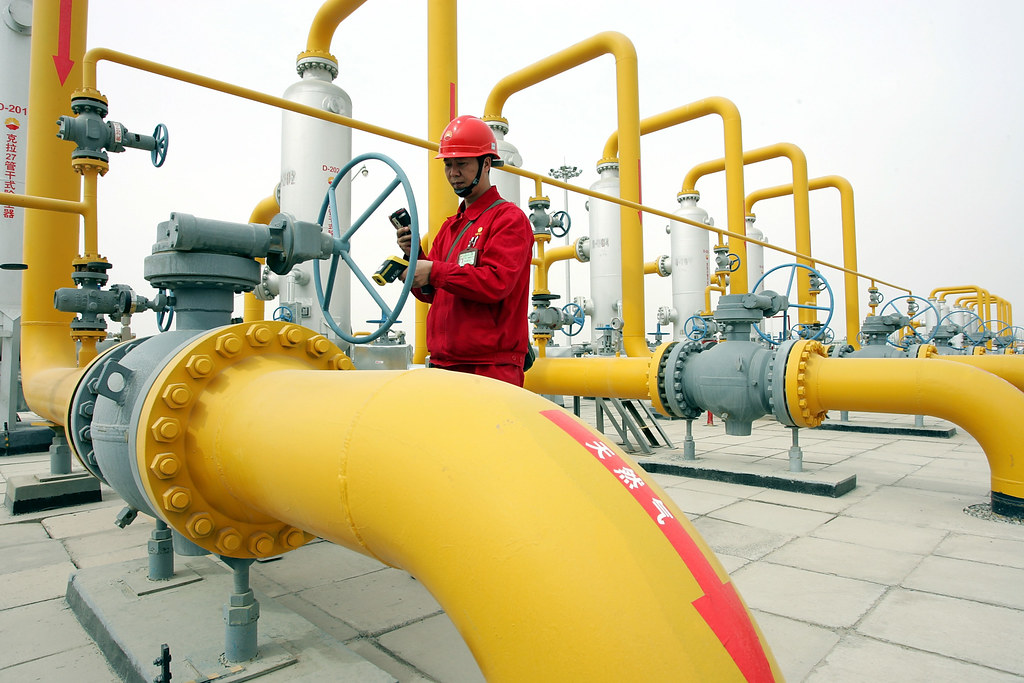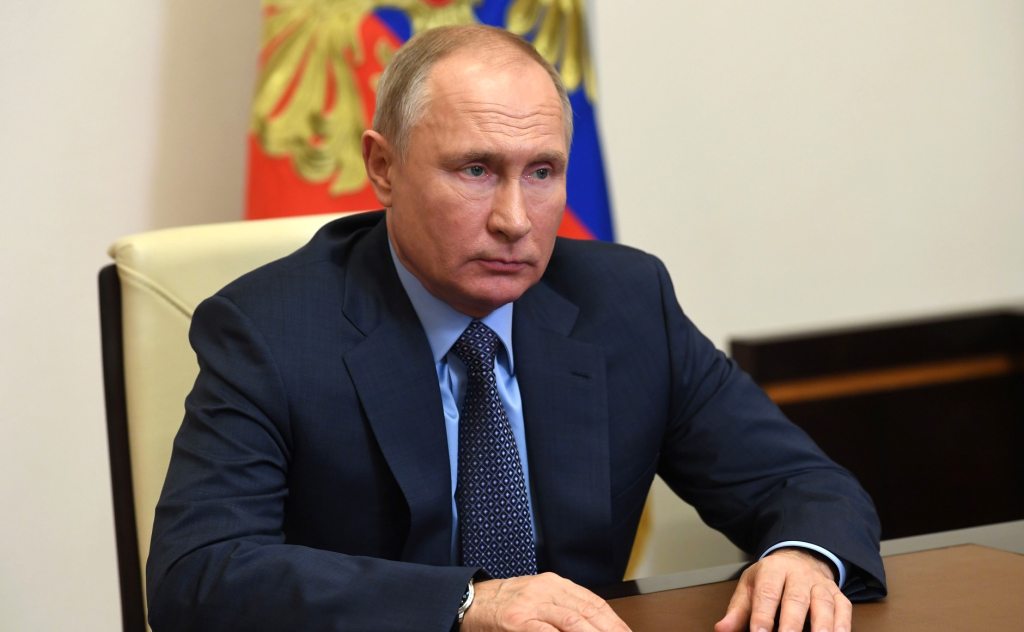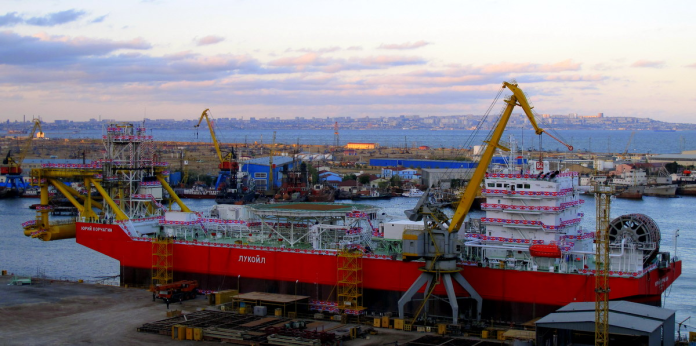
That is the stark reality, with nearly half of Russia’s crude exports now under direct U.S. sanctions, sending tremors through global energy markets, especially in Asia’s two biggest oil importers: China and India. The blacklisting of Rosneft and Lukoil by Washington indicates a sharp increase in economic pressure on Moscow to choke off a vital revenue source financing its war in Ukraine.
The sanctions, announced by the US Treasury Department, set a November 21 deadline for companies to wind down operations with the targeted firms. This deliberate buffer period is meant to avoid an immediate supply shock while forcing buyers to rethink long-term procurement strategies. For Asia, where Russian crude has become a staple since Western price caps in 2022, the implications are profound-from trade route recalibration to potential price volatility.

Below is a listicle that breaks down the most consequential aspects of the sanctions, from mechanics to enforcement, the ripple effects on OPEC capacity, Asian refining operations, and global oil pricing. Each point shows how the measures could reshape energy flows and geopolitical leverage in the months ahead.

1. The Scale of the Sanctions
Together, Rosneft and Lukoil produce about half of Russia’s more than 4 million barrels a day in crude exports, about 3.1 million barrels daily. Rosneft alone produces almost half of all Russian oil, or roughly 6% of the world’s total. Blacklisting the two companies means the U.S. is taking aim at a core component of the Moscow economy. Treasury Secretary Scott Bessent described them as funding the Kremlin’s “war machine,” underscoring the strategic intent behind the move.
The sanctions freeze U.S.-based assets of both firms and prohibit American entities from doing business with them. More critically, Washington is signaling possible secondary sanctions on foreign banks and traders facilitating Russian oil sales, which could ensnare institutions in China, India, and Turkey. This expansion of scope raises the stakes for global compliance.

2. Deadline-Driven Market Adjustment
The November 21 wind-down date gives companies less than a month to terminate or restructure deals. This, according to analysts, is intended to prevent chaos in the market from happening all of a sudden, allowing cargoes that are already in transit to clear and giving refiners a chance to adjust their sourcing. According to Bob McNally from Rapidan Energy Group, the buffer tries to “cut Moscow’s profits without completely stopping its exports.”
The clock is ticking for state-run refiners such as Indian Oil, Bharat Petroleum and Hindustan Petroleum, and private giants like Reliance Industries. Many are now checking trade paperwork to ensure no direct links to Rosneft or Lukoil remain. In China, state-owned enterprises are set to be similarly cautious, especially with seaborne cargoes.

3. India’s Refining Exposure
India imported around 1.6 million b/d of Russian oil in September, much of it seaborne crude. Several refiners have deep ties to Rosneft supply chains. Nayara Energy, 49% owned by Rosneft, operates the Vadinar refinery in Gujarat. Sanctions could disrupt refined product sales as well as crude procurement.
Reliance Industries, India’s largest buyer of Russian crude, reportedly plans to pare or stop imports. This comes atop earlier tariffs by the U.S. on Indian goods and further complicates Delhi’s energy and trade calculus. If the secondary sanctions are imposed, Indian refiners may have to make a sharp pivot toward Middle Eastern or U.S. crude.

4. China’s Pipeline Advantage
China imported about 2 million barrels a day of Russian oil in September, with the majority shipped in via pipeline under long-term deals with Rosneft. Those flows are less vulnerable to the risk of sanctions than cargoes carried by sea, giving Beijing a degree of supply security.
Still, Chinese refiners should be cautious about cargo origins, however. The chief analyst for Vortexa, Emma Li, said that pipeline delivery can continue, but the seaborne term agreements may be unwound. While the absence of long-term seaborne contracts with Rosneft leaves flexibility, any disruption would likely require urgent sourcing from other suppliers.

5. Shift Toward OPEC and U.S. Supply
With Russian barrels now off-limits, China and India will have little choice but to ramp up purchases from U.S. producers and OPEC members. “There is spare capacity within OPEC right now, especially Saudi Arabia,” said John Kilduff at Again Capital. Yet the increased demand for non-sanctioned supply will inevitably drive prices higher.
OPEC’s spare capacity is concentrated: 2.43 million bpd in Saudi Arabia, 850,000 bpd in the UAE, and 320,000 bpd in Iraq-leaving the market vulnerable when another supply shock hits. Some analysts say the perception of ample spare capacity might be overstated, and could add to volatility.

6. Price Reaction and Volatility Risk
Oil prices surged around 5% on news of the sanctions before paring some of those gains. Brent traded at about $64.91 per barrel, while U.S. crude rose to $60.8. The spike reflects immediate uncertainty rather than a fundamental shortage, but sustained price pressure could emerge if secondary sanctions disrupt shipping and finance.
Dr Stuart Rollo said medium- to long-term effects on prices depend on the vigor of enforcement. If the shipping and banking channels associated with Rosneft and Lukoil are pursued aggressively, the costs for Asian buyers could skyrocket, which would add to inflationary pressures in energy-dependent economies.

7. Geopolitical Leverage and Diplomatic Uncertainty
These are sanctions as much about diplomacy as economics. Trump has framed them as leverage to push Putin toward a negotiated settlement in Ukraine, calling them “tremendous” but reversible if peace is achieved. Vandana Hari of Vanda Insights, meanwhile, warned that “one Trump-Putin phone call could turn the situation by 180 degrees again,” underscoring the fragility of policy continuity. For both China and India, this adds to the uncertainty surrounding long-term energy planning. A sudden policy U-turn might reopen the Russian supply spigots; until then, however, both countries must navigate a tighter and more politicized oil market.

The U.S. sanctions on Rosneft and Lukoil represent a decisive intervention in the global oil trade, directly challenging the energy ties binding Russia to its largest Asian customers. While immediate supply shocks are unlikely, the combination of compliance deadlines, potential secondary sanctions, and limited OPEC spare capacity sets the stage for heightened volatility. For energy market analysts and industry strategists, the coming weeks will be a critical test of how geopolitical pressure reshapes trade flows, pricing, and the balance of power in Asia’s oil security.


